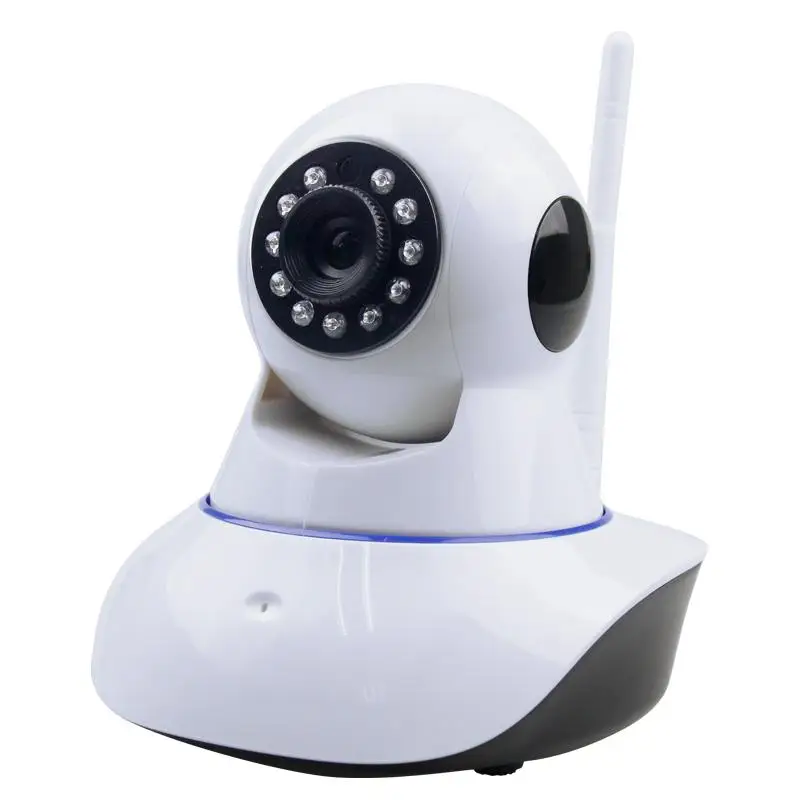


Taylored Systems takes the time to talk to the customer to determine their requirements and then designs the system around those needs. With advanced features, scalability, and a declining total cost of ownership, IP versus CCTV is no longer a difficult decision. IP video surveillance is quickly becoming the standard for video surveillance. IP Camera Advantages Outweigh CCTV Camera Advantages How the system will be used is a very important part of choosing items such as:Įrrors in any of these items can provide you with a system that doesn’t meet the objectives required. Features such as motion detection, cross line detection, wide dynamic range, and improved low light functionality allow the camera to make adjustments and to trigger events within the camera itself, thereby allowing the video server to function more efficiently which improves overall performance.Īnother factor in determining the right system for your business is to review the goals of installing a video surveillance system. IP cameras have an on-board processor that gives them more capabilities than an analog camera. Cost for hard drives have decreased over the last few years making storage a minimal cost when reviewing the cost of the entire system. This allows for expansion of the system without a major purchase. With an IP video system, a user can add additional storage to what was originally purchased. Most DVR’s are restricted to 4, 8, 16, or 32 cameras and to expand beyond that requires purchasing another DVR.
#Ip camera cloud hosting license#
This is especially useful when trying to read a license plate or recognize a person.Įxpansion of a CCTV system can be costly due to the typical limitation of a DVR in a CCTV system. The more pixels you have in an image, the more you can zoom in before the image begins to break up. This allows for improved investigative research upon viewing recorded video after an incident. Digital zoom gives the user the ability to “digitally” zoom in to both live and recorded video to see the image in more detail. The highest resolution attainable for an analog camera is D1.ĭigital zoom is another feature of an IP camera system that is not available in most CCTV systems. The table below shows common resolutions for both analog and IP cameras. It can take as many as six analog cameras to view the same area as one, 2 megapixel IP camera. This means you can reduce the number of cameras required to view a specific area by using IP cameras, therefore reducing the total cost of ownership. The higher resolution of IP cameras results in a much larger field of view when compared to analog cameras. IP cameras today have a much higher resolution than CCTV cameras. By using a PoE switch or injector, an IP camera can be powered and transmit video over a single cable, thereby reducing the cabling cost compared to CCTV.Īnother IP camera anvantage is that the capabilities of IP far surpass that of an analog system.

CCTV uses coax and a power cable while an IP camera uses standard network (Cat 5e or Cat 6) cabling. One of the factors helping to reduce the cost of an IP system is the cost for cabling. In fact, many studies show that the total cost of ownership of a CCTV system is actually higher when compared over the life of the system. However, that is rapidly changing as IP cameras and storage devices have shown a continued decline in pricing. CCTV systems, in the past, have had a lower initial price point when compared to IP systems. When comparing CCTV vs IP camera systems, both have advantages and disadvantages. The IP system has the added benefit of using the network devices which can expand the range of the IP cameras beyond that of a CCTV system. IP cameras convert the video signal into IP packets to be transmitted over the data network or internet to a network storage device such as a server, NAS, or by storing on board the camera. CCTV systems convert the video signal to a format that can be used by televisions, VCR’s, or DVR’s. Both CCTV systems and IP systems transmit video to the desired destination. There are basically two types of video surveillance systems, CCTV (closed-circuit television), also known as analog, and IP cameras, also known as network cameras. IP Cameras are the largest technological advancement since cameras have been produced.


 0 kommentar(er)
0 kommentar(er)
